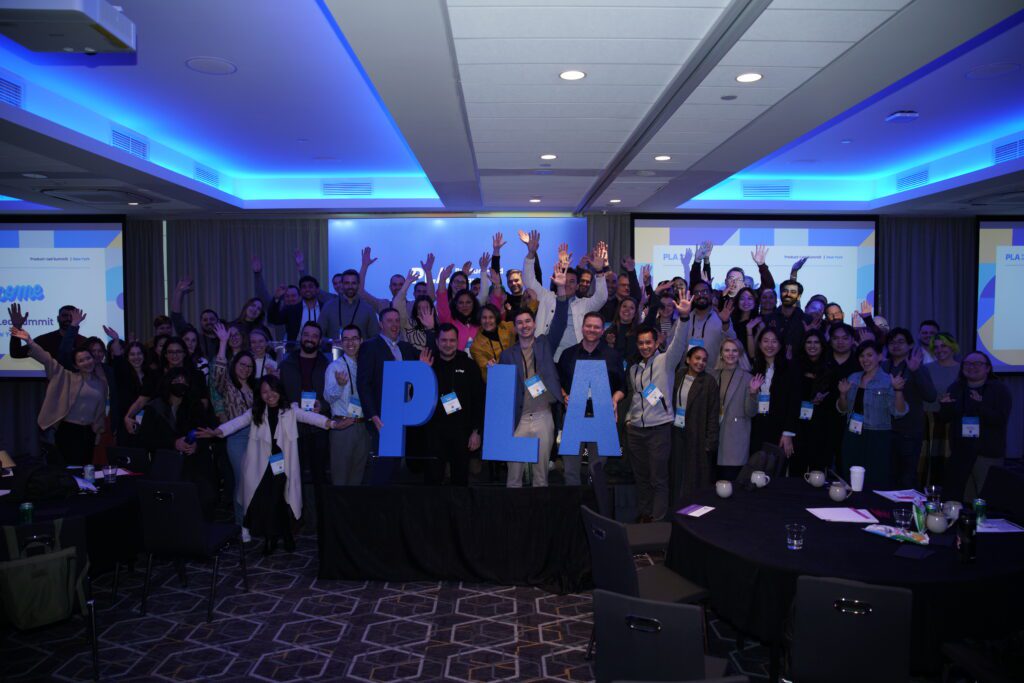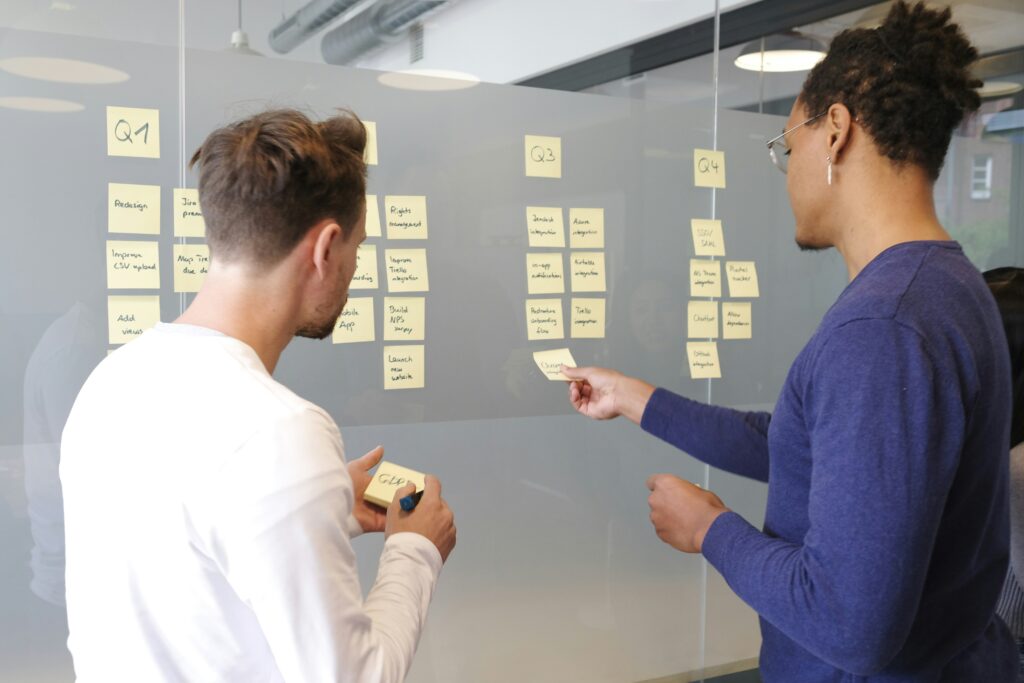There is no going back to “normal” for product teams. The idea of simply translating what we did in the office can’t be matched in our distributed world.
At a minimum, I believe we need to start thinking remote-first. While we will eventually head back to our offices, we want to prepare ourselves to do it better next time. Even better is to embrace it going forward, perhaps with office/remote hybrids that take advantage of the benefits of both worlds. Like many of you I’m missing the social side of the office, yet cherish the productivity and focus time I’m getting while working from my home.
Even before the pandemic there was a shift happening towards distributed product development teams. Especially for software companies that had the luxury of hiring employees wherever they lived. Covid-19 has accelerated this process and, in my opinion, distributed teams will become the new norm.
There have always been the remote work success stories such as Invision and Basecamp who have entirely distributed teams – and made it work. Most tech companies dabbled in remote workers, yet it was often the exception to the “normal” onsite work policy.
ProductPlan was somewhere in between. Much of our engineering team was already distributed throughout the US, because we made the decision early on to hire the most talented employees regardless of where they lived. Often these were people we worked with in former roles, so we knew their remote work ethic and knew their approach fit in our growing company and our culture.
Our company values infuse our beliefs about “balance” in our lives, “transparency” in our communications, and other attributes that lend themselves to a distributed work culture. And over the past few years we had fully embraced the tools and communication practices that make distributed work, well, work. We were already good at it.
And personally, I was already predisposed to remote work. For years I’ve been living a semi-remote work life, and have advocated its benefits. Twenty years ago when I was a technical book author for Microsoft I would spend my days drinking coffee in bed with my laptop, eventually moving to the coffee shop. Clearly, I love coffee.
I was an early remote worker and believed then (and now) that it’s possible to have an ideal combination of work/life/tech balance and be productive while having a hand in building products I was incredibly proud of.
Like many of you, we transitioned to fully distributed one day in March. We finished “shifting” to remote work in a matter of minutes. Or so I thought.
Over the past two months, I’ve come to realize that we don’t want to simply replicate what we previously had.
The New Norm is Different
I’ve realized that the idea of us waiting for the eventual day when we can return to the prior way of doing things was actually not the goal.
At ProductPlan we’ve decided to fully embrace remote work—to be even better than before. Sure, many of us will eventually head back into the office (after all, we have space in a fun location near the beach). But in the meantime, let’s shift the way we think about distributed work altogether, and get really good at it.
I’ve been reading and listening a lot about the future of work, and while this shift has been happening for a while, with Covid-19, that shift has accelerated even faster.
Recently, I listened to a podcast by Sam Harris interviewing Matt Mullenweg, the founder of WordPress, about the evolution of distributed work. Matt’s company, Automattic, is entirely distributed—with almost 1,200 employees.
In the interview, Mullenweg talks about how we don’t want to replicate what we’re doing today in offices, but rather about how we can take distributed work to the next level. This next-level creates even more productivity and better decisions than before.
These ideas have me realizing that there are so many more best practices we can incorporate into our distributed work culture that can help us build a better product. We no longer need to hold meetings in 60-minute chunks. Or perhaps we can create a culture of combined in-person and distributed brainstorming that gives the best of both worlds.
In his follow-up article on Distributed Works’ Five Levels of Autonomy, Mullenweg discusses how so many companies (or at least knowledge workers) today are working remotely, yet not fully embracing remote work. They’re still waiting for the day they can head back to the office, and still have the same mindset that decisions need to be made in person for example.
If we can hire people anywhere in the world, in any country, we need to be willing to adapt processes for asynchronous decisions by people in different timezones. They no longer should need to adapt to the timezone and schedules for the people back at “headquarters.” (Is there such a thing as “headquarters” any more?) For example, we can use tools like Slack and email more effectively, support home offices for employees, limiting synchronous meetings (and having clear agendas when we do have scheduled meetings).
In the different levels of distributed work autonomy, Mullenweg makes a great point that at the highest levels, fully distributed product teams and even companies can work asynchronously and in “nirvana” actually perform better than any in-person organization.
Our paradigm is truly shifting at this moment if more companies are aspiring to this level of asynchronous work.
Distributed Product Teams
The shift to distributed work means we need to trust more. It means that creativity and written communication skills become even more important. At Mullenweg’s company Automattic they sometimes “interview” people exclusively via email for some roles – after all, if the written word is one of the most essential skills, why not shift the interview to that.
Annie Dunham, our Director of Product at ProductPlan believes that as product teams move to remote work, we need to be intentional about the culture. “Rather than defaulting to a command and control structure, think about how you build a foundation as a team,” she says. “On the engineering side, we speak frequently about our ceremonies and standups and what is the best way for us to get value out of them. It’s not process for the sake of process.”
In this new way of distributed work, I believe that writing, creative problem solving, and overall communication skills will be more valuable than ever. So will autonomy, time management, and following through on plans. The findings in ProductPlan’s 2020 Product Management Report show that communication skills are the most important skills for success.
I’m waking up to the idea that we can be an even more productive, creative team that is distributed. Teams that have a great combination of life balance and collaboration with their customers and teams. This has the potential of fostering happier employees who are inspired by the work they’re doing and the products they’re building.
I’m not saying that a shift to distributed work will happen overnight, or that it’s even ideal for all organizations. I understand that many employees’ lives aren’t set up for remote work — especially in this current time of homeschooling, social distancing, and economic uncertainty. However, many product teams, especially those working on digital products, are in an ideal position to take advantage of these benefits.
As the pandemic restrictions ease and as employees feel more comfortable, we’ll experiment with hybrid distributed/in-office configurations, perhaps complementing the remote work with in-person creativity sessions. We’ll certainly be using our office space differently. We’re also frequently sharing best practices and discussing how to do distributed work even better.
Distributed product teams will take work and a mindset shift to be successful. But it’s time.

How will you better the remote work environment? Let me know in the comments or on LinkedIn.





